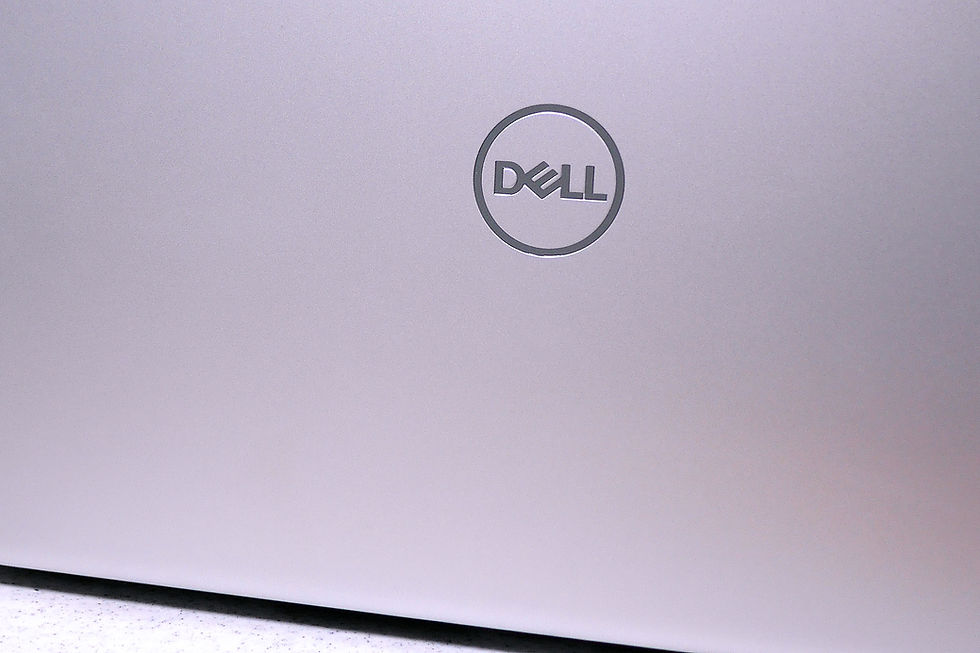Waste to Cash - Methodology to Get the Maximum Value of the Waste
- Link and Loop
- Jan 26, 2019
- 3 min read
Updated: Jul 1, 2020

Closed Loop
To create a closed loop, Bianna Recycling closely analyzes regulations, features of every country and products. Bianna Recycling proposed a method called “waste to cash.” They sort and recycle waste according to risk level of different materials. Their technology is innovative and reduces the amount of waste sent to landfills and therefore enhance overall efficiency.
Taiwan is a good example of efficiency. Around 50% of the island’s waste is organic and comes mixed with many other materials, such as plastic and metal, in municipal solid waste. This waste together with industrial waste need to be collected and delivered to treatment plants. The next step is to separate and sort them into different categories, with some going towards re-use and others that can just be partly recycled.

About Biodrum
Technology can help with recycling. Utilizing Biodrum, a machine they manufacture that is 50 meters long and important for processing waste. It can enhance the efficiency of treatment plants and can let the people know whether there are papers and cardboards containing recyclable organic substances inside the waste.
When it comes to waste treatment, the toughest to deal with is organic substances. As some of them are flammable, they have to be well treated. For example, the chemical properties of organic substances in fertilizers must be checked for quality or problems may carry over into the end product. Later, the substances can be converted into fuel. If they are mixed with papers, Biodrum is the solution to turn to. This new “fuel” has properties similar to those of typical biomass fuels and the use of the machine is not limited by weather condition.
About Windsifter
Afterwards is the so-called ballistic separator, Windsifter, and secondary shredders. Ballistic separator is used to decrease the volume of waste materials. The system, Windsifter, is for separation of inert materials. This process is important if they want to produce refuse derived fuel (RDF) of high quality. And they use secondary shredders to shred wastes into smaller units of 25mm to 30mm.
The system Bianna Recycling uses is very efficient. The plastic they separate from other materials are clean and dry. Besides, they can produce a cleaner type of RDF, the material comprises a mixture of organic substances, papers and cardboards. There is no metal inside. It and is very dry, and these are important criteria for determining energy factor.
Applications in Taiwan
After the process, there may still be some materials that cannot be for other uses. They are then classified as waste and disposed of accordingly. In Taiwan, inert plastic takes up 6% of the waste stream by weight and some companies can use these as a raw material. Bianna Recycling has worked with universities in Taiwan and done some calculation and analysis. The calorific value of plastic is 6,000kcal/kg while that of the previously mentioned organic fuel is merely 3,000kcal/kg. And almost no pollution is created when burned.
Conclusion
The most important thing for circular economy is to establish a closed loop. Bianna Recycling hopes that there will not be any gap for resources to leak out throughout the process and Taiwan will successfully close the loop on waste.
*This is speech summary from the Link and Loop Conference which was edited and compiled by the Link and Loop team. It was written and reported with the best available knowledge from the talk. There may be information discrepancies. Please contact the speaker for clarifications.




Comments